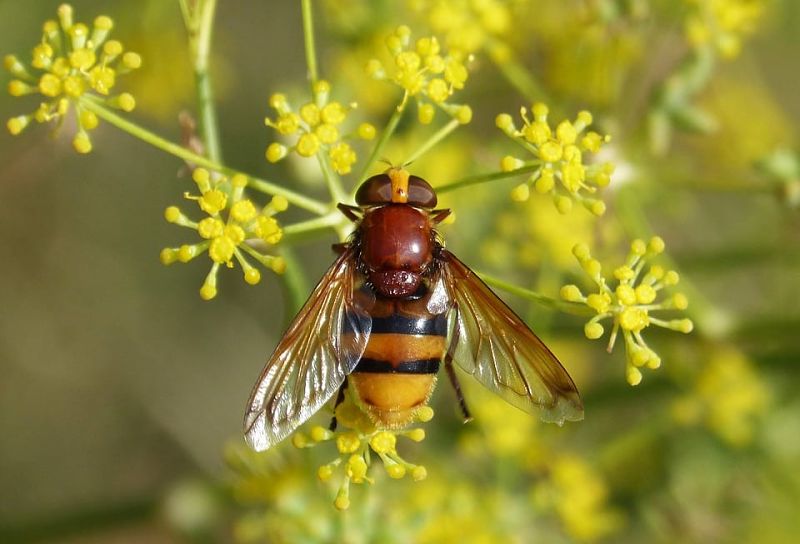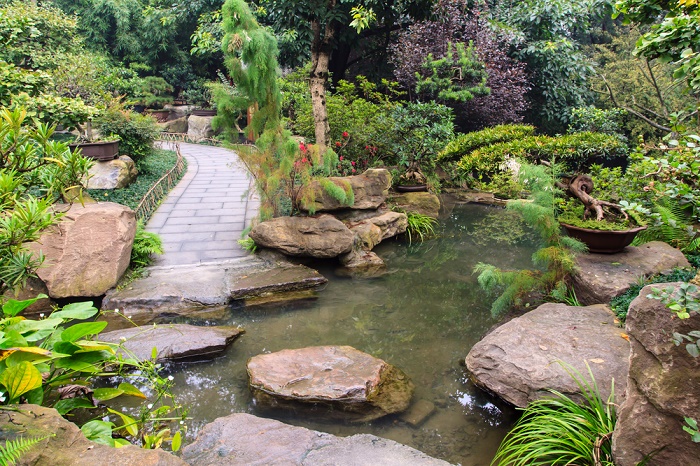Epsom salt is composed of hydrated magnesium sulfate, a naturally occurring mineral that was first found in the waters of Epsom, England. Epsom salts have a variety of applications in home remedies. The two most widely known are as a saline laxative and pain reliever. What many people do not realize is that Epsom salts in the garden also have excellent and varied uses for any type of need that your plants have.
10 Amazing Uses for Epsom Salts in The Garden
This article shares ten of the best ways to start using Epsom salts in the garden.
1. Improves seed germination
Using Epsom salts as a soil amendment before planting will give your garden a powerful boost right from the start. Magnesium aids in seed germination and helps strengthen cell walls, leading to strong seedlings. For best results from Epsom salts in the garden, incorporate 1 cup of Epsom salt for every 30 square meters of growing soil or mix 1 – 2 tablespoons into the soil at the bottom of each hole before dropping the seeds.
2. Increases the absorption of nutrients
Many commercial fertilizers add magnesium to help plant roots absorb vital nutrients (nitrogen, phosphorus, sulfur). For those who use all organic material to feed their gardens, adding Epsom salts to the soil will improve natural absorption, eliminating the need for processed chemical fertilizers.
3. Counteracts the shock caused by transplants
We’ve all seen our plants and seedlings wither when moved from a small pot to a larger one, from indoors to outdoors, or from the greenhouse to the ground. Try feeding Epsom salt to transplants once they are in their new environment to help injured roots overcome transplant shock. Remember to add a layer of soil on top of the salt sprinkled in the holes so that the roots are not in direct contact with these concentrated minerals right away.
4. Foliage
Plants that are not getting enough magnesium can be identified by their yellowish leaves. This is because magnesium is an essential component in the production of chlorophyll. Try sprinkling Epsom salts around your plants for healthy foliage. About 1 tablespoon for every 25 cms. tall once a month will benefit the plants in your vegetable garden, as well as the trees, shrubs, flowers and herbs that you want green.
5. Prevents curled sheets
Curling leaves can be caused by magnesium deficiency in plants. Again, add the Epsom salt to the soil around the base of the diseased plant. Alternatively, for faster absorption you can mix 2 tablespoons of the salts in a gallon of water and apply directly to the leaves.
6. Prevents garden pests
While Epsom salts don’t dehydrate slugs or snails like table salt (sodium chloride) does, it can still be used to deter pests. Magnesium sulfate crystals are sharp and when spread around plants, they can split and irritate the bodies and feet of unwanted vermin in much the same way as diatomaceous earth. (Keep in mind that Epsom salts dissolve very easily in water, so any amount of rain is likely to dissolve them.)
7. The fruit grows sweeter
Fruit production is the most demanding process in the life cycle of a plant. Apply these salts to fruits and nut trees, shrubs and vines using the same methods and amounts indicated above to increase chlorophyll levels within plant cells. Increased energy means more sugar, allowing the plant to produce higher yields of healthy, sweet fruit.
8. Tastier tomatoes
Tomatoes are one of the common garden residents whose fruit, relative to the size of the plant, is heavier than average, leading to an even greater likelihood of magnesium deficiency. For this reason, tomatoes should be fed Epsom salt twice as often as other plants. Also, because tomatoes are prone to calcium deficiency – (flowers and tops), most tomato fertilizers that contain calcium will compete with magnesium for root uptake. Therefore, foliar feeding is the most efficient method of magnesium delivery for these plants. Water the plant with 2 tablespoons of Epsom salts dissolved in a gallon of water every 2 weeks.
9. More abundant peppers
Bell peppers are another popular garden plant with an above-average fruit relative to the size of the plant. As such, they should also be fed magnesium every two weeks to achieve a higher yield of larger fruits. For hot peppers, overwatering can lead to less spicy fruit, therefore the soil rectification method may be preferable in this case. Sprinkle 1 tablespoon of Epsom salts for every 12 inches of height around the drip line of your pepper plants once a week.
10. Abundant and beautiful roses
Wondering why your neighbors’ rose bushes are fuller than yours and bloom more often The answer is very likely: Epsom salts. Not only does it help roses to produce larger flowers in greater numbers, many successful rose growers will agree that magnesium also aids in the growth of new canes from the base of the plant. And, of course, it increases the production of chlorophyll which means darker leaves. For maximum benefit, roses should at least be fed Epsom salts at planting time, then again at the first sign of new growth, and once again when the flowers are in full bloom. Bare root roses can also be soaked in water with the addition of dissolved Epsom salt before planting.
It is almost impossible not to use too much Epsom salts in the garden. Magnesium sulfate is pH neutral, so it won’t harm your soil. The crystals break down into water, magnesium, and sulfur – three components that are beneficial in some way to most plants. Epsom salt is safe, easy to apply, and works fast to correct a variety of problems and increase the overall health of your garden. As if that weren’t enough, using Epsom salts in the garden is inexpensive, as they are cheap, making it one of the most perfect tools for the responsible and health-conscious gardener.









